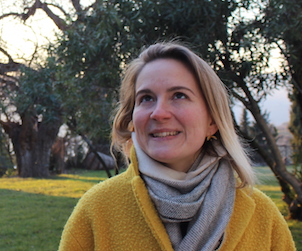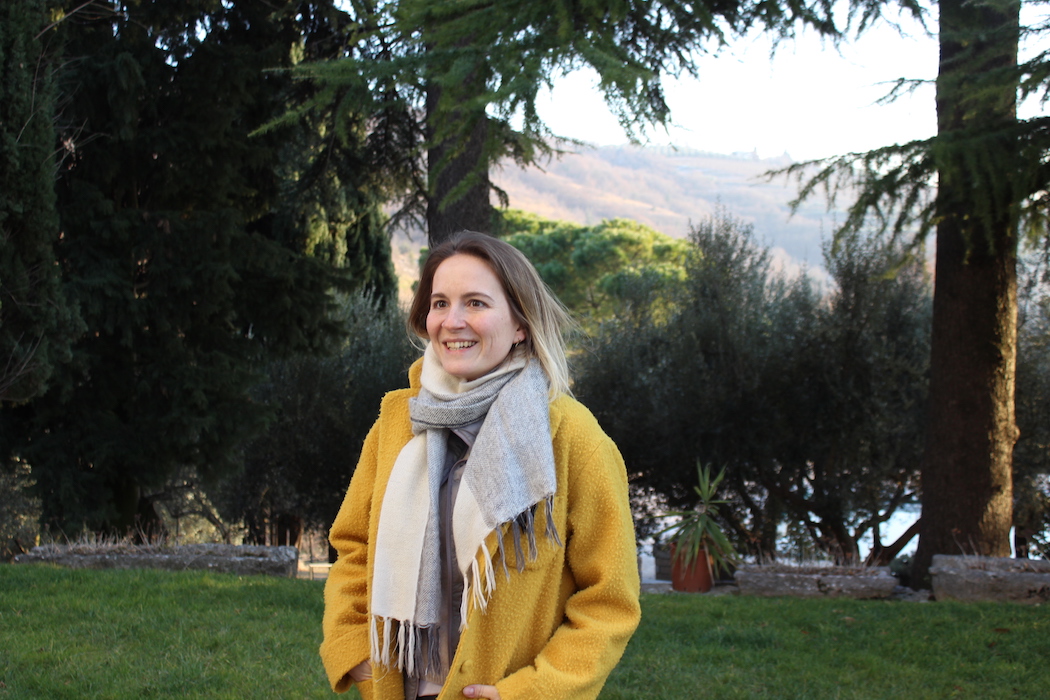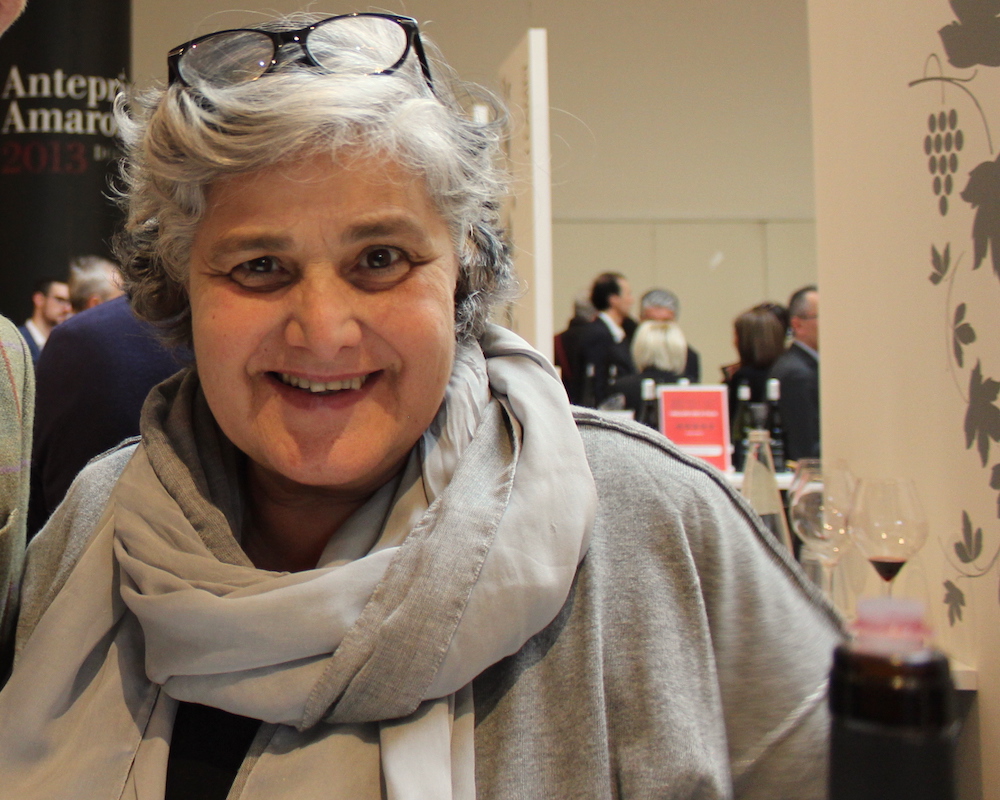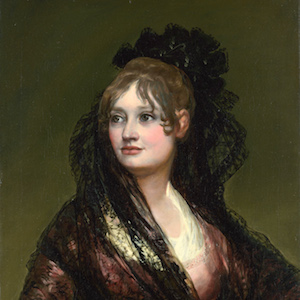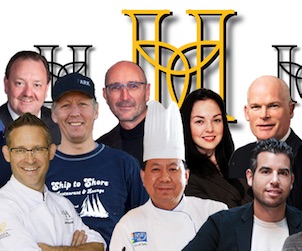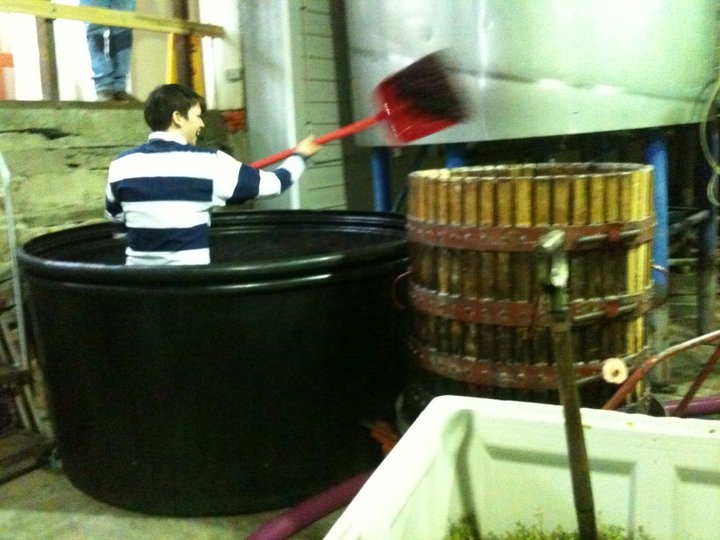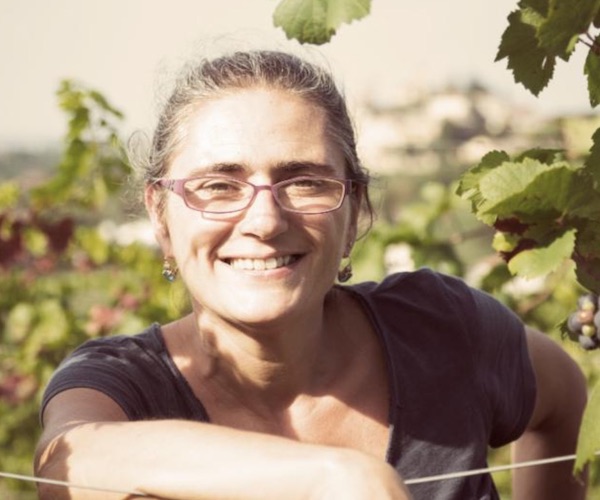Malcolm Jolley reports on what he found at this year’s Anteprima Amarone.
Camilla Rossi Chauvenet explains on her profile page at ledonnedelvino.com that she decided her family has produced enough lawyers and it was time they had a winemaker to make use of their beautiful hilltop vineyards in the heart of Valpolicella Classico. Or words to that effect, anyway (non parlo troppo bene). She said something of the same thing to Jamie and I when we visited her last month at Massimago, her family’s estate, vineyards, winery and guest house, where we were charmed by the beauty of the property, the vigneron and her wines, particularly her 2011 Amarone a clean but deeply flavoured spicy cherry drink that was a good anyting I tasted on the trip. Massimago was the summer estate for the well to-do Rossi Chauvenets, who really were and are a family of mostly lawyers. Although they have owned Massimago since 1883, Camille Rossy Chauvenet is proud to be the first the clan’s first farmer.
I didn’t realize it at the time, but discovered later, that Rossi Chauvenet is also a bit of a pioneer in Valpolicella, the wine region in the hills near Verona that’s most famous for Amarone. She is one of only two women winemakers in the consorzio, along with the well established and rightfully respected Marinella Camerani of Corte Sant’Alda. That’s just two donne del vino out of a membership of over 200 wineries.
Interestingly, Camerani’s story of how she became a winemaker is very close to Rossi Chauvenet’s: in 1985 she moved her family into their country house and was also the first person in her family to make wine. Other similarities are that they both farm organically, on high limestone hills and Camerani’s 2011 Amarone is as good as anything I tasted over the four days I was in Valpolicella. Naturally, Rossi Chauvenet considers Camerani a role model and the winemakers count each other as friends.
So why the paucity of women winemaker sin Valpolicella? There is certainly no shortage of wine professionals in the region, it’s just that they aren’t responsible for what goes into the bottle. They are typically in marketing or hospitality positions and, importantly, often the sister of the winemaker at any given estate. I asked a few other winemakers why this was the case, but only got shrugs. After some thought, the reason, I have concluded, for this almost uniform division of labour along gender lines lies in the way most of the good wine is made in Valpolicella.
In Canada, we are used to a number of what appear to us as big brands dominating the Amarone and Ripasso shelves. (It’s shame we import so little of Valpolicella Classico, the fresh table wine that is the basis for its more elaborated cousins.) This gave me the impression that production in the region was mostly by large companies. When I was there, I found out I was wrong in two respects: 1) some of the producers I thought were very large, based on their presence in our market, turned out to be not so big after all, and 2) most of the production of fine wines is done on small holdings of a few hectares and by a family company. Now, in the second or third generation of family members who make and bottle wine on their property, rather than sell it to a village co-operative or big bottler, care is taken to employ as many of the family as possible. So, in a family of, say, one son and two daughters, the son will learn the wine making from his father, and the daughters will market the wine or run the shop or agritourismo. If there are two sons and a daughter, one will become the winemaker, the other the viticulturalist, and the daughter will learn English and German to become the export manager. What’s implicit in all arrangements is the son, or a son, will inherit the farm.
A reason is not an excuse. As lovely as the wines are from Corte Sant’Alda and Massimago, the world obviously needs some more donne del vino in Valpolicella. Perhaps there is a new generation of daughters learning how to use a wine thief and train a vine from their more enlightened fathers. I hope so.
In any event, Camerani and Rossi Chauvenet thankfully did not come out this system. Rossi Chauvenet’s brother is a dentist, and she learned how to make wine by going school, as Camerani taught herself by visiting other regions, especially in France. Maybe most importantly their respective families respected their passion, and supported them so that we can enjoy their superlative wines. Look for them.
Also, I saw Jamie filming an interview with Camilla Rossi Chauvenet at Anteprima Amarone, so look out for his post.
Diclosure: Jamie and I traveled to Valpolicella as guests of Valpolicella Consozio Tutela Vini.
Follow my adventures in food and wine on Twitter at @malcolmjolley.

